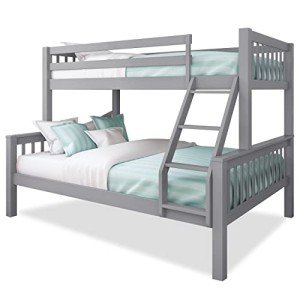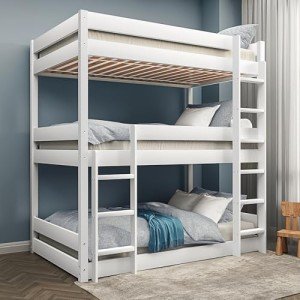Intro
Slide beds represent an innovative development in the field of transportation and logistics, especially in the context of the trucking industry. These specialized beds offer enhanced loading and discharging capabilities, increased effectiveness, and much better safety standards. As the need for logistics services ends up being more advanced, slide beds become an important tool for companies seeking to optimize their operations. This article explores the various elements of slide beds, including their design, benefits, types, and maintenance considerations.

What is a Slide Bed?
A slide bed, commonly described as a sliding truck bed or slide-out bed, is a kind of truck bed designed to extend and withdraw, permitting easier access to cargo. These beds can slide out either by hand or through automated systems, facilitating loading and dumping while minimizing the strain on employees.
The performance of slide beds can vary based on their style:
Manual Slide Beds: These beds require several people to pull or push the bed out. While easy and economical, manual slide beds may not appropriate for sturdy applications.
Automated Slide Beds: These beds run through hydraulic or electric systems that permit for uncomplicated extension and retraction at the push of a button. Automated systems frequently include security functions to avoid mishaps during operation.
The fundamental operation of these systems can be summarized in the following table:
| Type | Mechanism | Use | Pros | Cons |
|---|---|---|---|---|
| Manual Slide Beds | Pull/push operation | Light to medium loads | Lower cost | Needs physical labor |
| Automated Slide Beds | Hydraulic/Electric | Heavy loads and frequent use | Convenience and performance | Higher initial financial investment |
Advantages of Using Slide Beds
Slide beds offer several benefits that make them an attractive option for organizations in numerous sectors. These advantages can be classified into operational efficiency, security, and cost-effectiveness:
Types of Slide Beds
There are several types of slide beds offered in the market, each accommodating different requirements and applications. Here are the most common types:
| Type | Ideal Use | Maximum Load Capacity | Personalization Options |
|---|---|---|---|
| Standard Slide Beds | General transport | As much as 3,000 lbs | Limited |
| Heavy-Duty Slide Beds | Industrial and construction | Over 3,000 lbs | Readily available |
| Custom Slide Beds | Specialized transportation requires | Varies by design | Extremely adjustable |
Upkeep Considerations
Preserving a slide bed is vital to ensure its durability and ideal efficiency. Here are important upkeep ideas:
FAQs About Slide Beds
Q1: Are slide beds ideal for all kinds of trucks?A1: While slide beds can be adapted for a variety of truck models, it is important to talk to an expert to make sure compatibility.
Q2: How much weight can a slide bed hold?A2: The weight capacity of slide beds varies extensively; basic slide beds usually hold up to 3,000 pounds, while sturdy options can accommodate far more.
Q3: How typically should slide beds be preserved?A3: Regular maintenance is vital; inspections ought to be performed a minimum of every 6 months, with more regular checks advised for heavy-use cars.
Q4: Can I personalize a slide bed for my specific requirements?A4: Yes, lots of manufacturers offer personalization alternatives to deal with industry-specific requirements.
Conclusion
Slide beds are quickly ending up being amongst the most effective options for improving logistics operations. With their ability to enhance access to cargo and help with quicker loading and discharging processes, they exhibit a mixing of innovation and utility that deals with the requirements of modern transport. By choosing the best type of slide bed and maintaining it effectively, businesses can significantly enhance their operational performance, security, and cost-effectiveness. The future looks promising for slide beds, as they continue to progress and meet the growing needs of the logistics market.

No Data Found!

